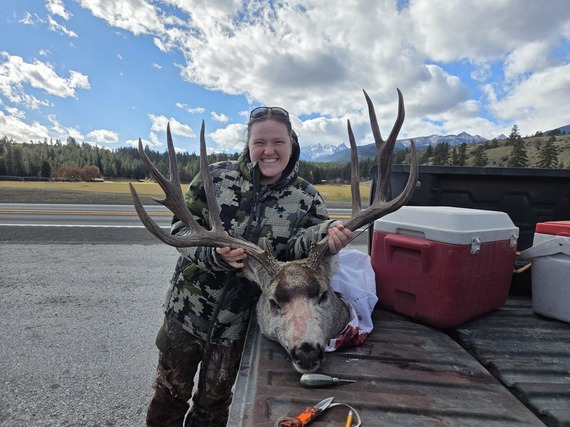huntin24/7
Well-known member
After listening to other hunters a lot in person or reading comments on line, I’m convinced that the average resident is flat out terrified of change. I’m not sure you could convince the average resident to give up one week of the season even if you could guarantee them hunting twice as good. I really don’t think at least half of resident deer hunters care about deer numbers, buck quality, or herd health as long as there is never any change to seasons or tag prices.I’d like to think it could as well. But based on our experience of trying to get buy in on a proposal less restrictive than mentioned above, there doesn’t seem to be a lot of appetite with the FWP dept or among the majority of MT hunters to restructure opportunity into anything less than OTC general hunting through the rut.
In my opinion the status quo isn’t going to change without some bold action from folks in position to make decisions to do something good for mule deer regardless of how popular it is to the majority of MT hunters. Expectations have calcified over generations of what MT hunter consider normal opportunity. If a majority of public opinion is required before change is made it probably won’t happen any time soon.
That is discouraging to me because some of the best policy decisions in MT wildlife management history have been because decision makers had the courage to make unpopular decisions that paid off for wildlife and eventually for additional opportunities for sportsmen.




